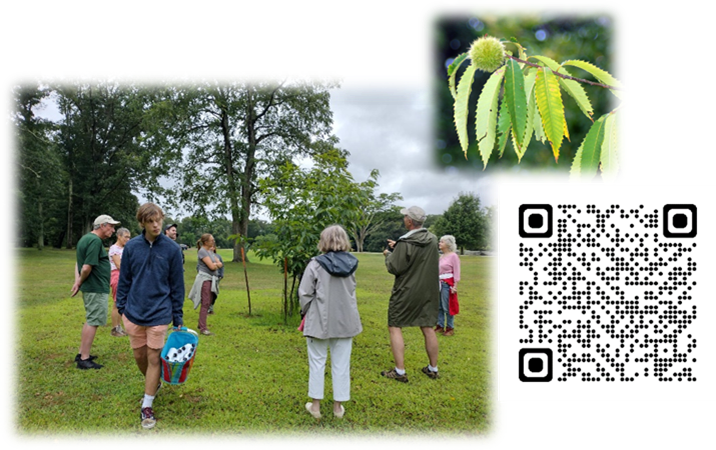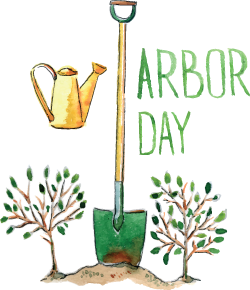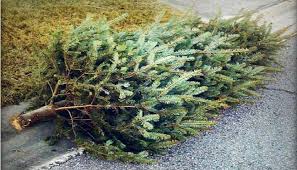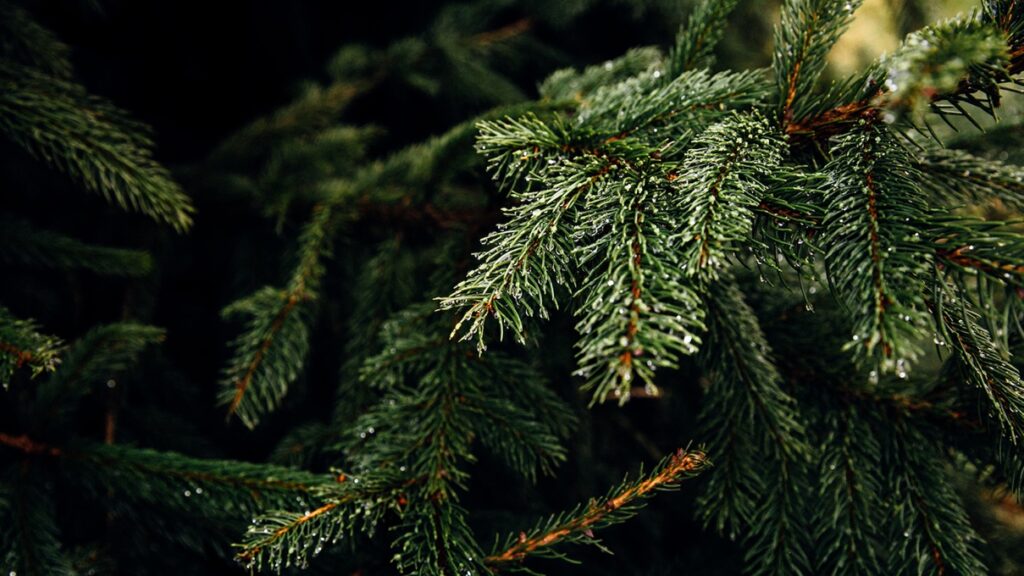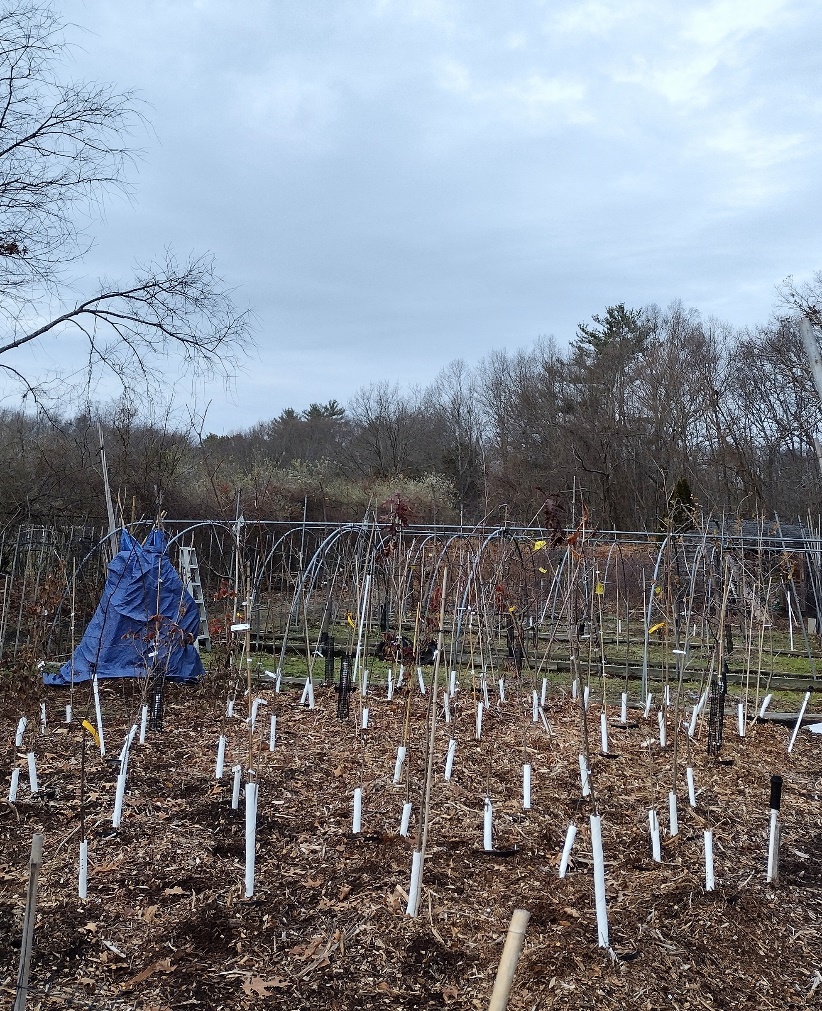John Campanini
Technical Director, RITree Council
Rhode Island Tree hosted Arbor Day 2022 at Wilson Park in North Kingston on April 29, 2022. It was the 135th Arbor Day Celebration for the state. Sponsors for the event included National Grid, RI DEM, and RI Tree.
Ralph Mollis, NK Town Manager, Greg Mancini, NK Town Council President, and Jack Read, United States Senate-RI all welcomed Arbor Day attendees. Dan McKee, Governor of Rhode Island, red the Arbor Day Proclamation. Rebecca P. Lamond, NK Town Planner, was the event’s host.
Arbor Day celebration included speeches by local and state officials and the Arbor Day Ceremonial Tree planting, an annual event recognizing the planting of an elm tree in honor of the first Arbor Day ceremony in 1886. This year’s ceremonial planting was a tulip tree.
The Arbor Day celebration also included presenting the 2021 Tree City and Tree Campus USA awards by Terry Gray, acting director, RI DEM, and Robert Allard, Urban & Community Forest Program coordinator.
The Tree City USA awards went to the following cities: Barrington, Bristol, Central Falls, East Providence, Jamestown, Middletown, Narraganset, Newport, Portsmouth, Providence, Warren, Warwick, and. West Warwick
The Tree Campus awards went to Bryant University, Johnson & Wales University, Providence Campus 3, and Salve Regina University (Providence Campus)
As part of the day’s celebration, RI Tree planted six London Planetrees, 2 Red Maple, 2 Sugar Maple, and 2 Cherry trees. North Kingstown is looking for volunteers to help them water these trees and establish them.
